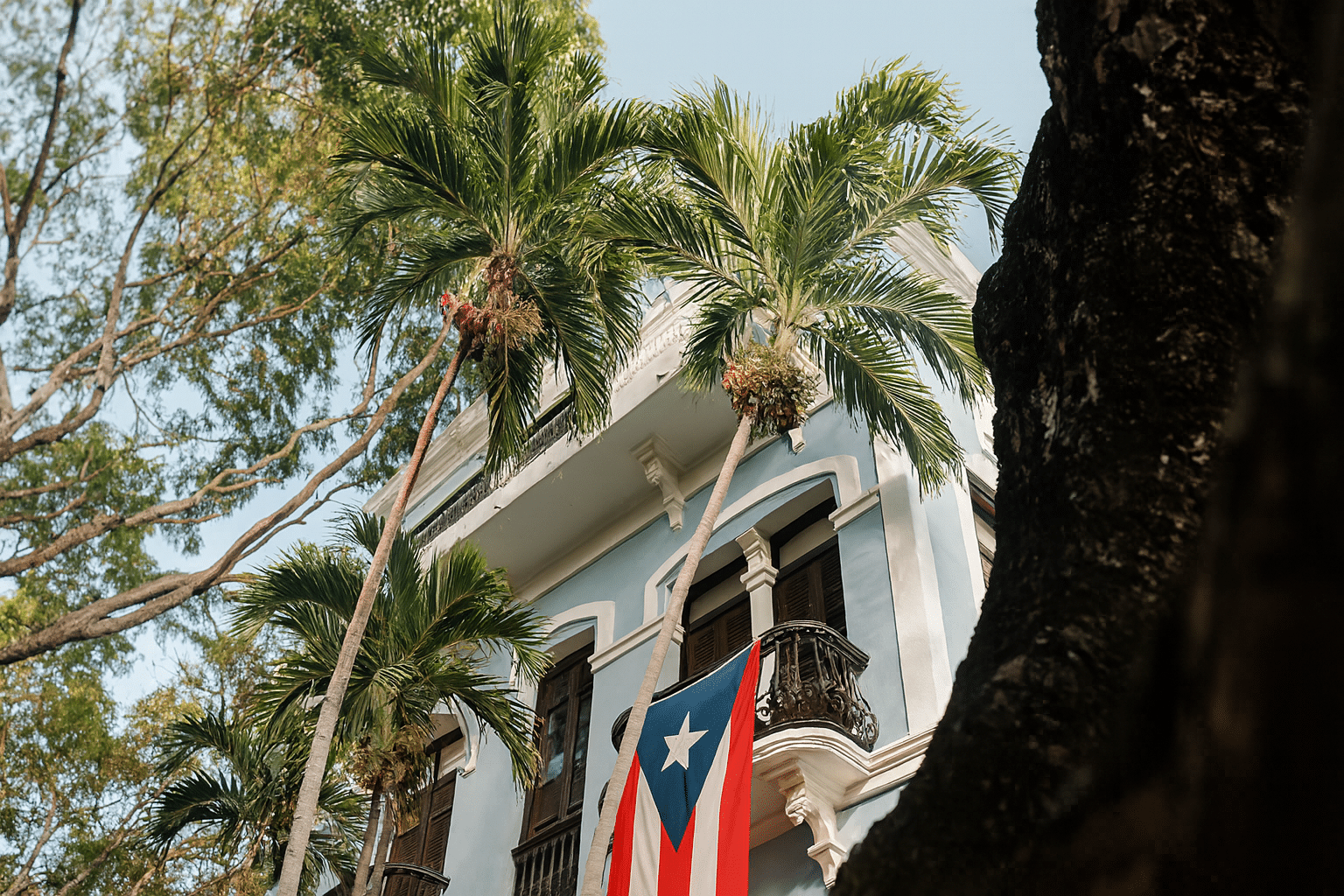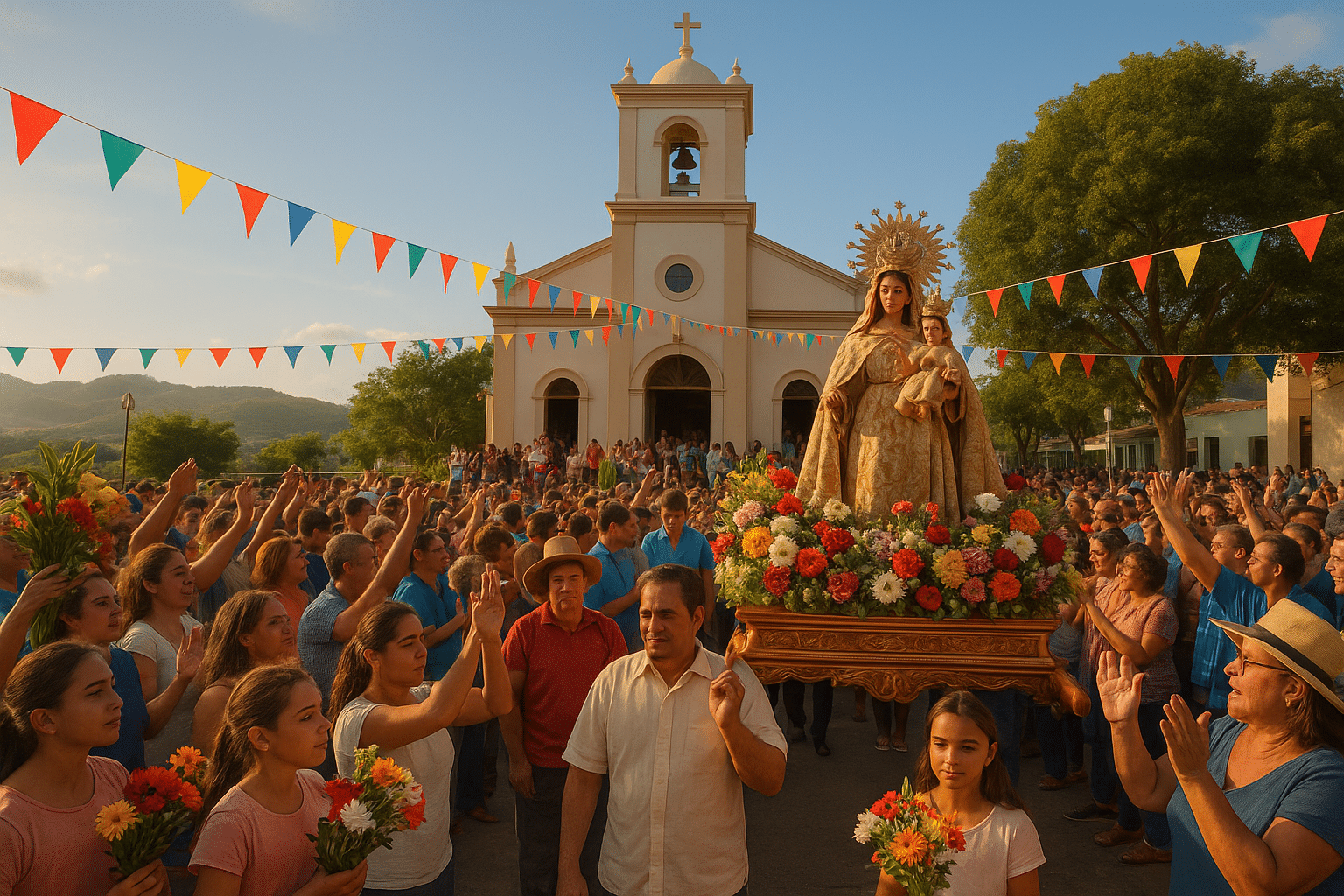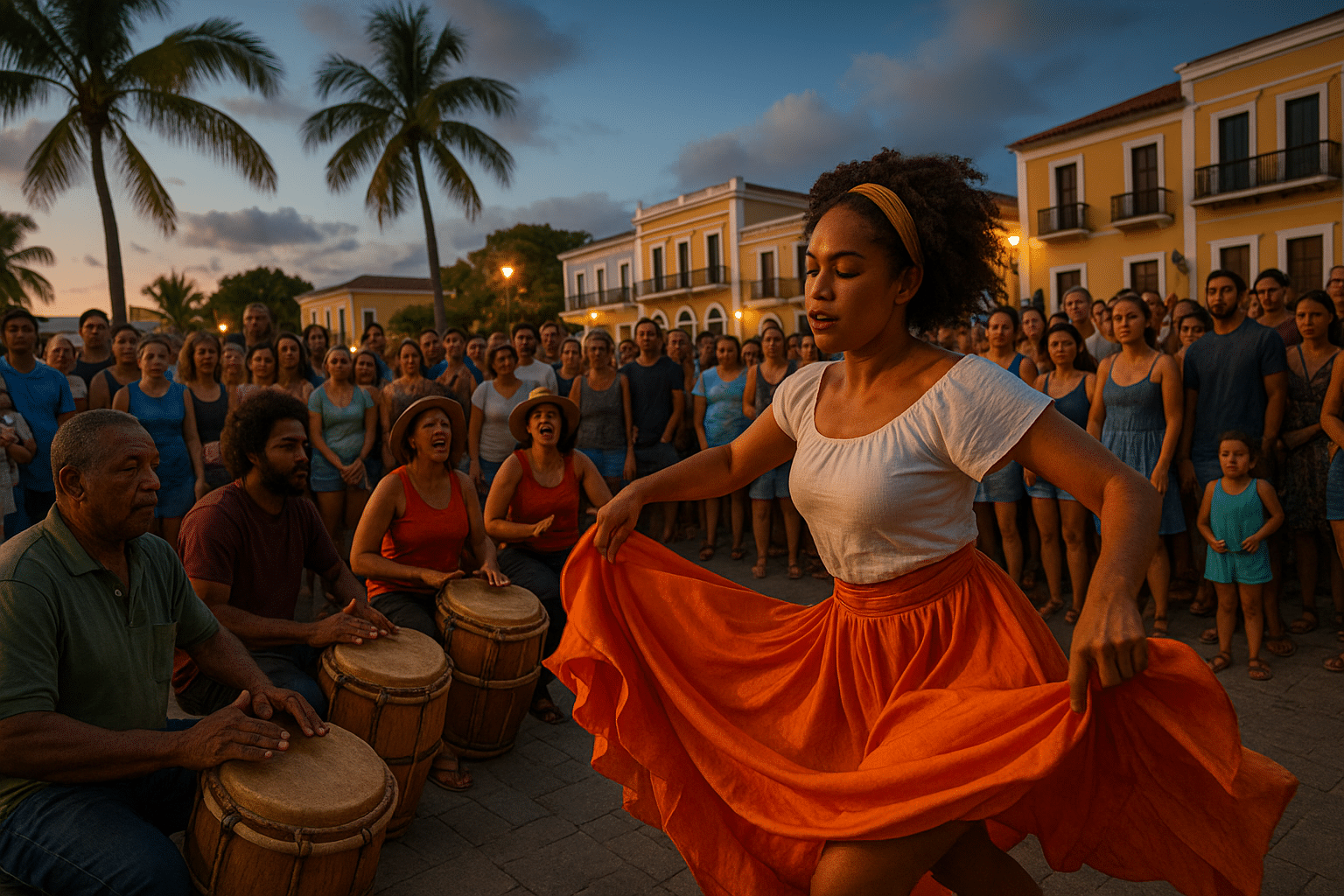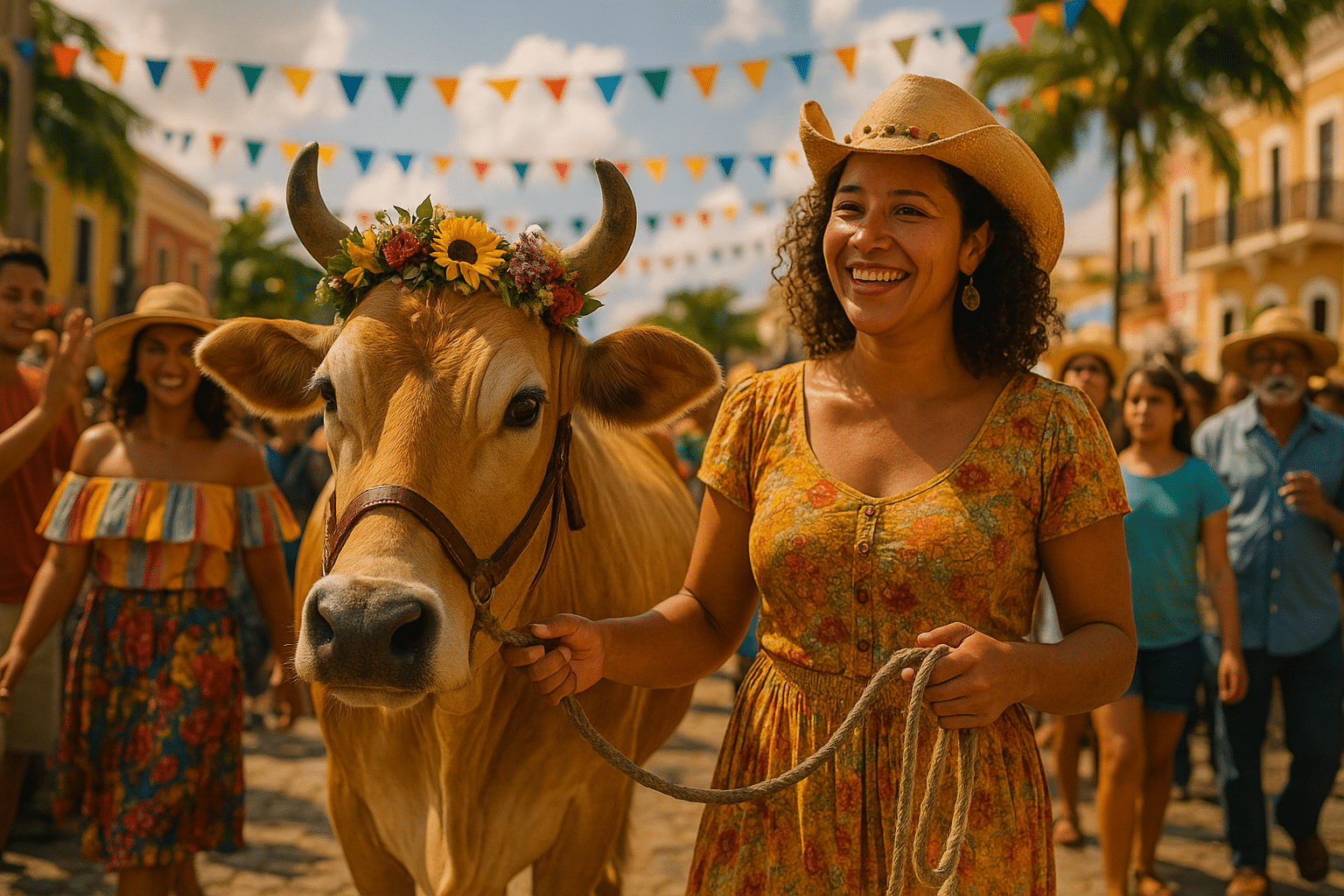The self-governance given by Spain lasted only a brief period. Following the conclusion of the Spanish-American War in 1898, Puerto Rico and Guam were handed over to the United States as part of the Treaty of Paris. Since that time, Puerto Rico has remained under U.S. jurisdiction.
“Within the first fifty years under U.S. administration, Congress approved a new constitution for Puerto Rico, which recognized the island as an autonomous commonwealth of the United States and granted its residents full American citizenship,” Ortiz explains.
Understanding the Commonwealth
On July 25, 1952, Puerto Rico was officially established as a Commonwealth under the leadership of Luis Muñoz Marín. While the term “Commonwealth” doesn’t have a strict legal meaning, in Puerto Rico’s context it means the island has its own Constitution, elects its own local government, manages its internal affairs, and holds authority in certain areas like sports and international events.
Honouring the Legacy of Puerto Rico
With a history that stretches back more than five centuries, Puerto Ricans deeply value their rich and varied cultural heritage. Although these influences can be seen across the island, certain locations particularly highlight the blend of Taíno, African, and Spanish traditions.
The Festival de Santiago Apóstol in Loíza is a lively celebration of Puerto Rico’s Afro-descendant culture, featuring traditional cuisine, energetic dances, and a vibrant parade showcasing “vejigantes.” In contrast, the Festival Nacional Indígena in Jayuya honors the island’s Indigenous heritage through ceremonial practices, traditional clothing, and cultural performances.
Spanish heritage is especially prominent in Puerto Rico’s architecture, with Old San Juan standing out as a remarkable example. Its historic city walls, cobblestone streets, and ancient forts all tell the story of more than 500 years of history woven into this captivating district.








